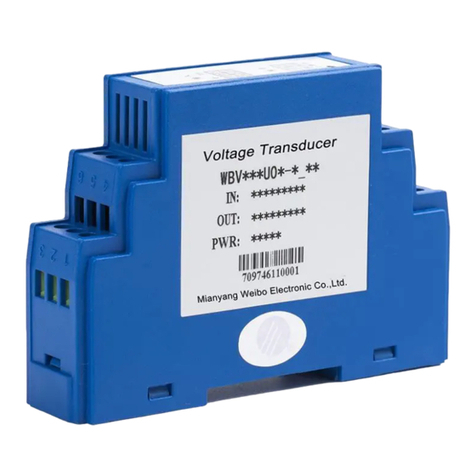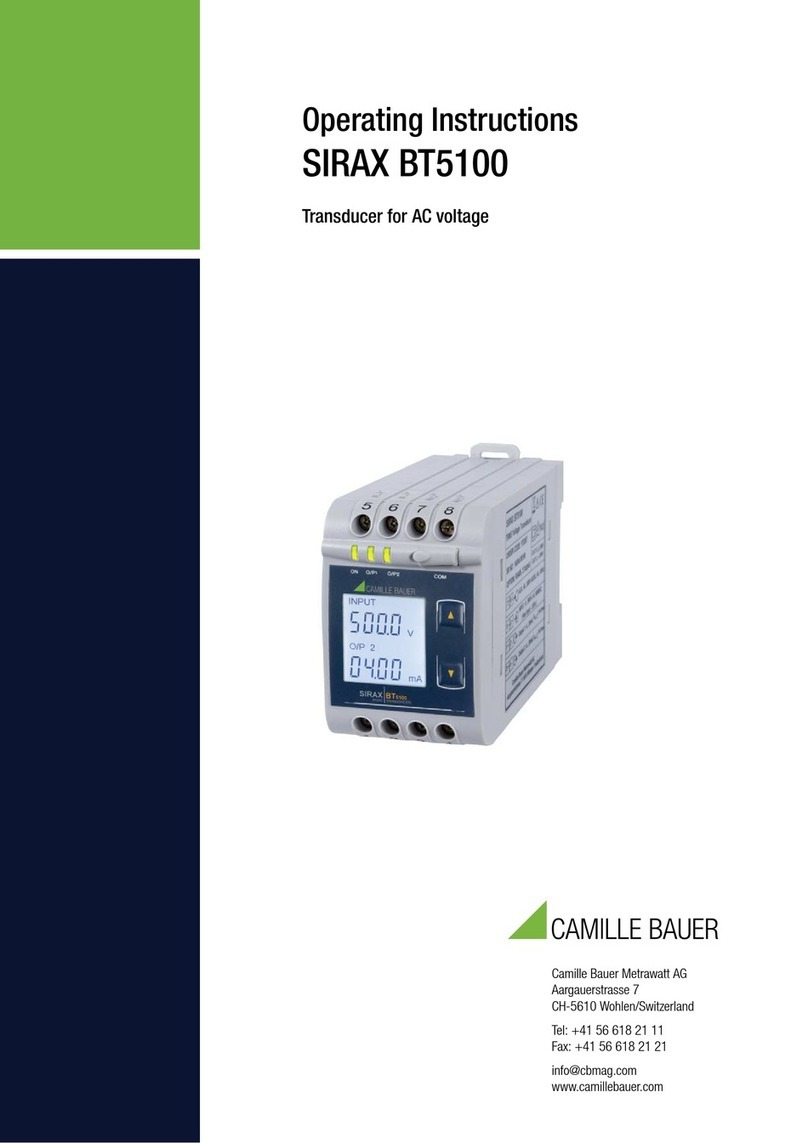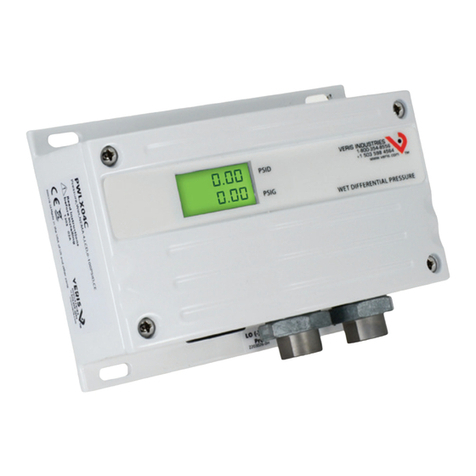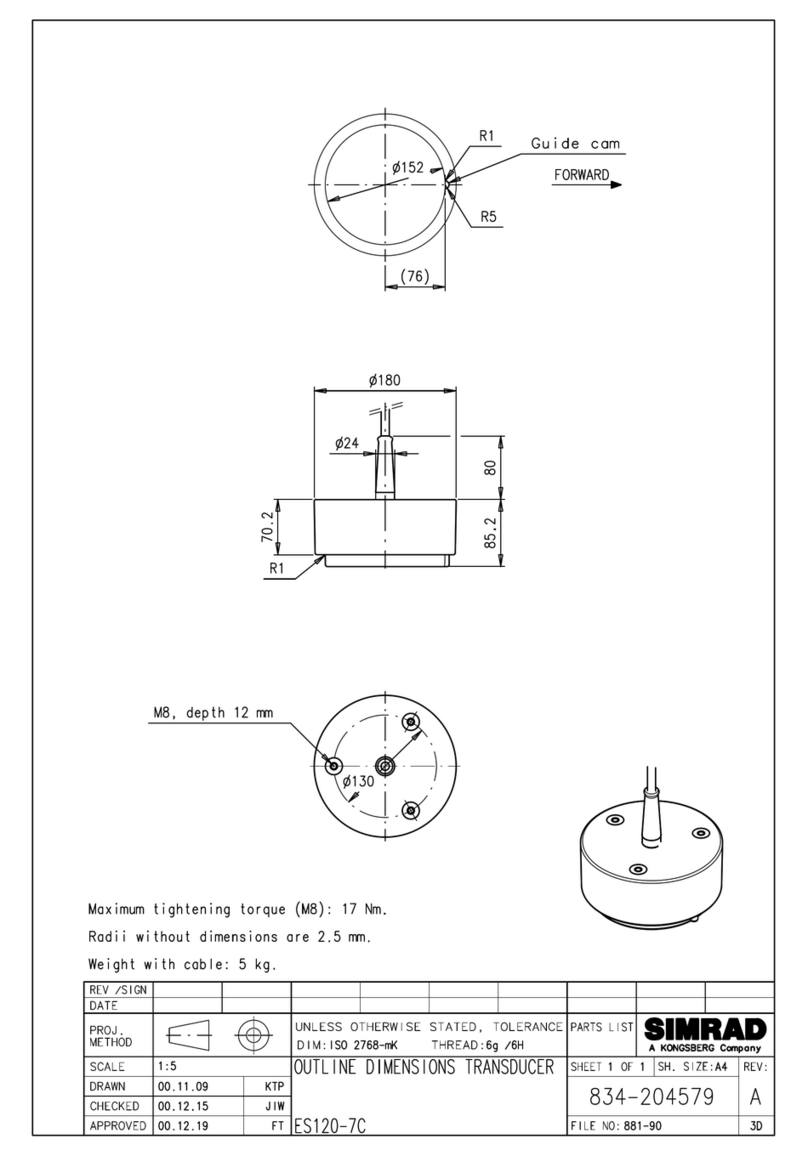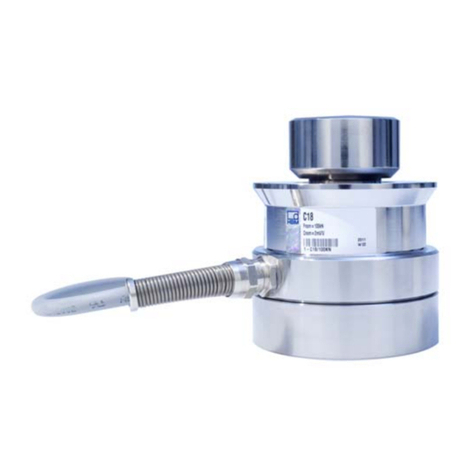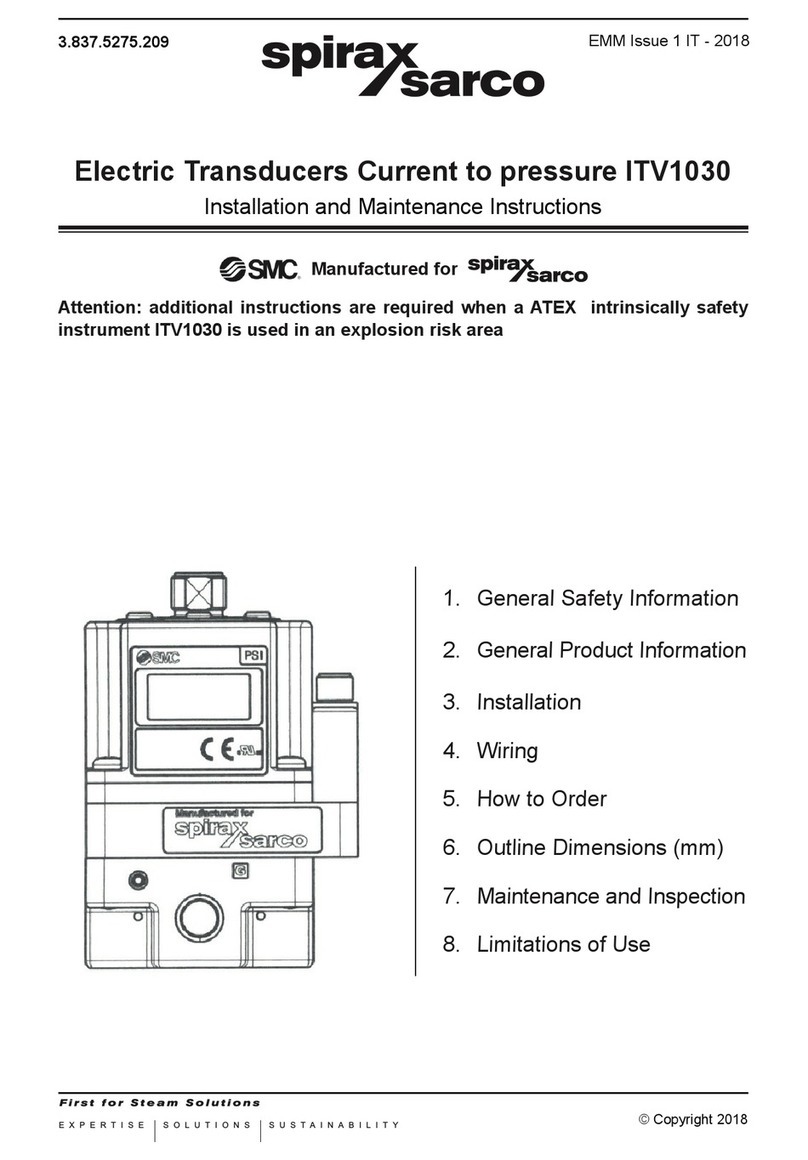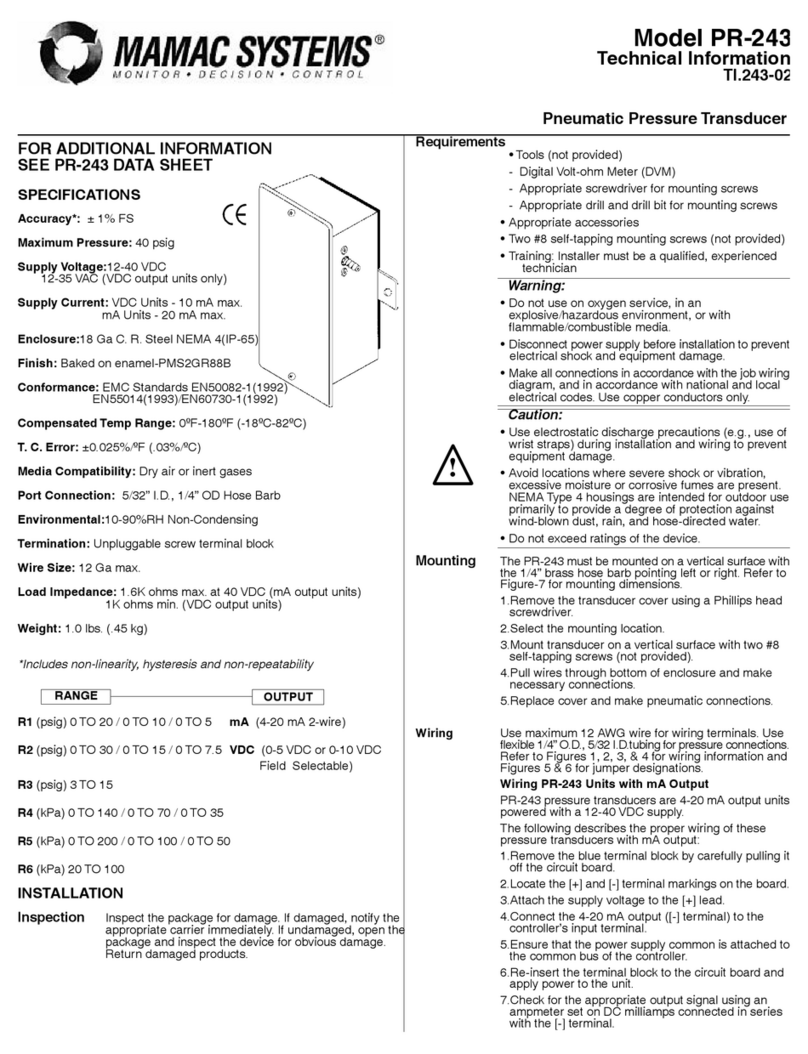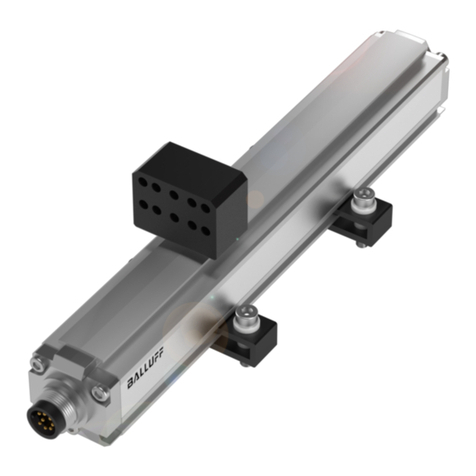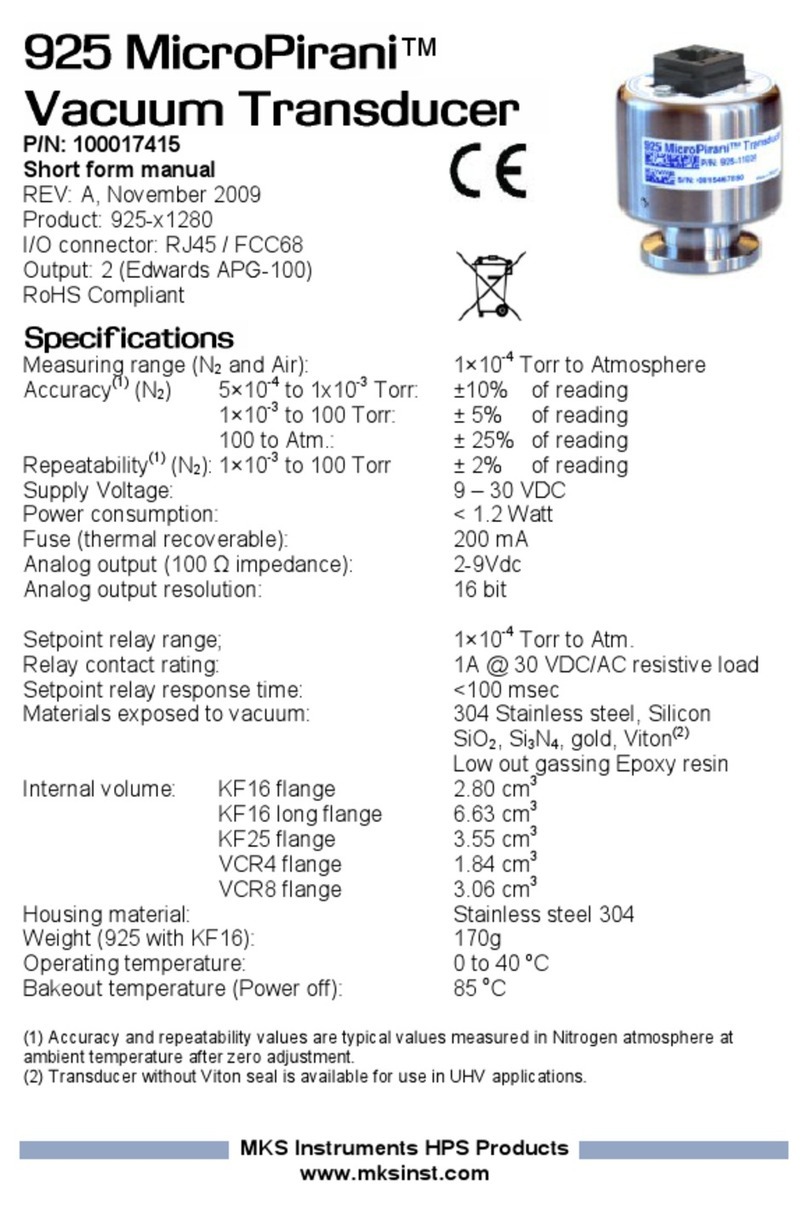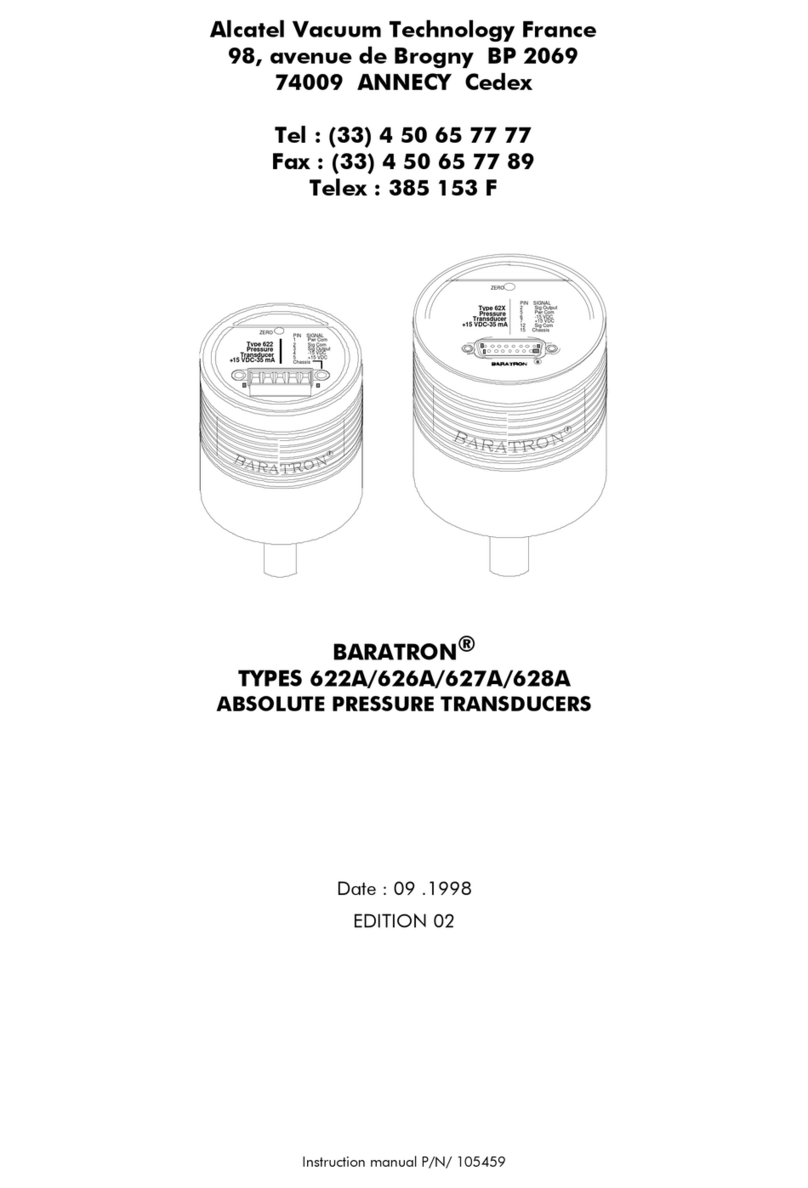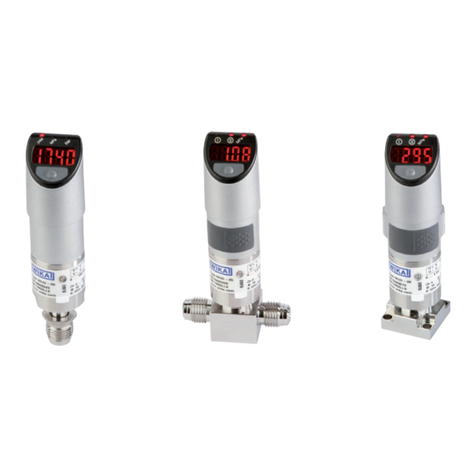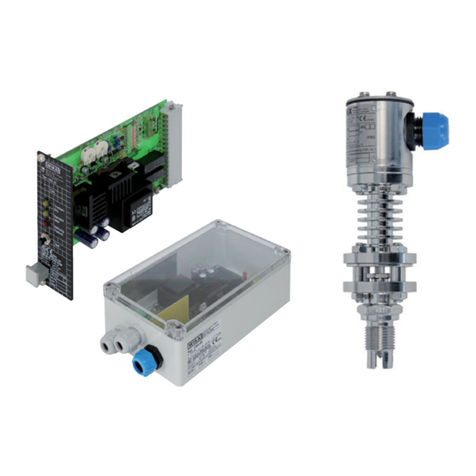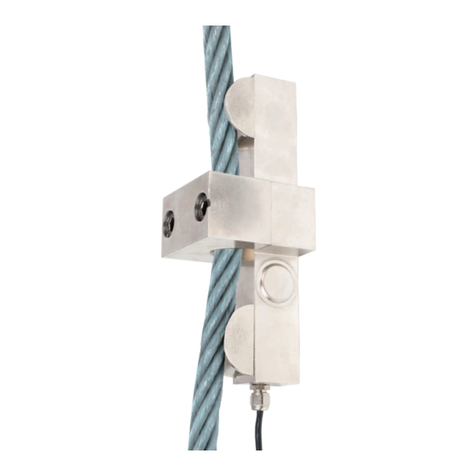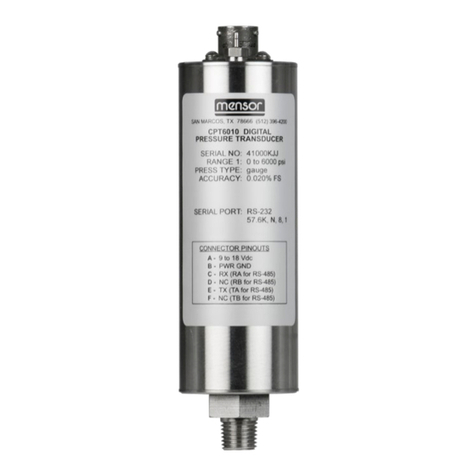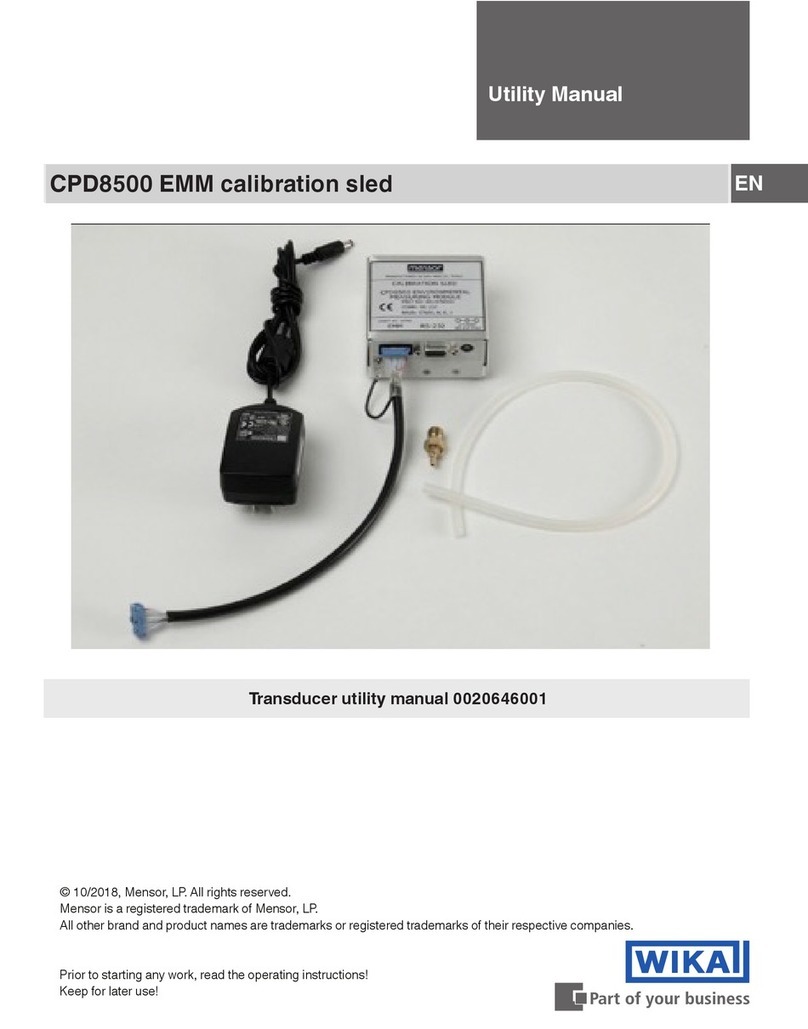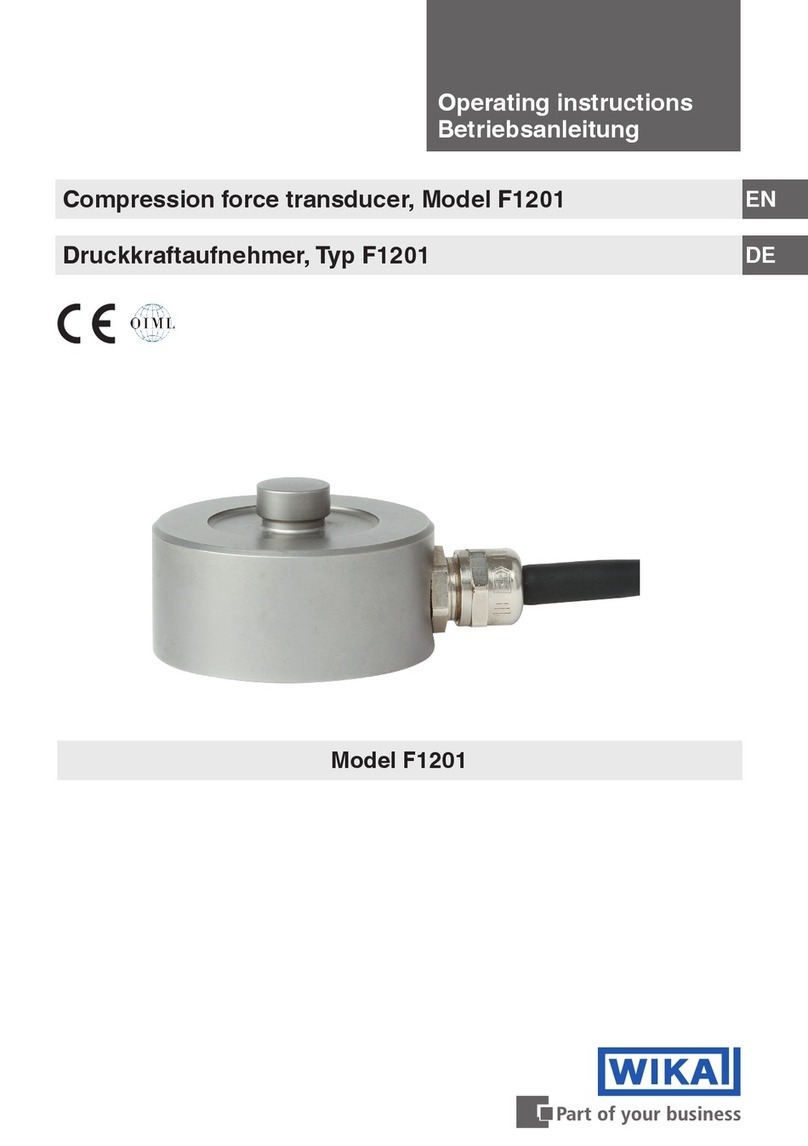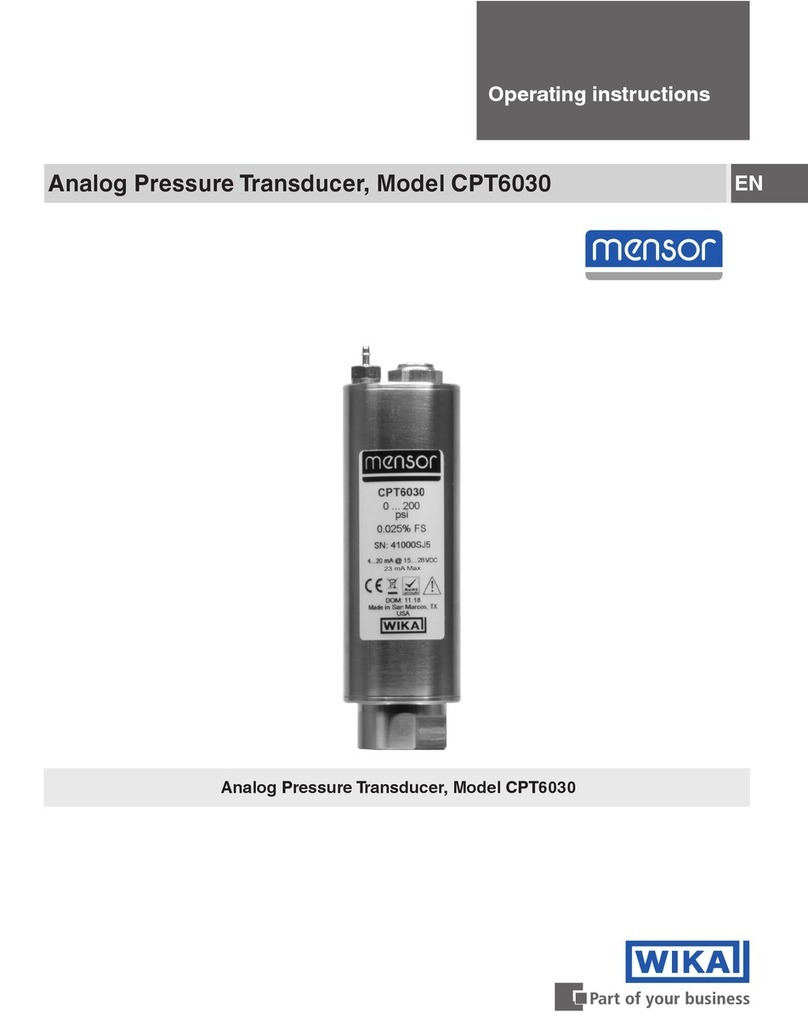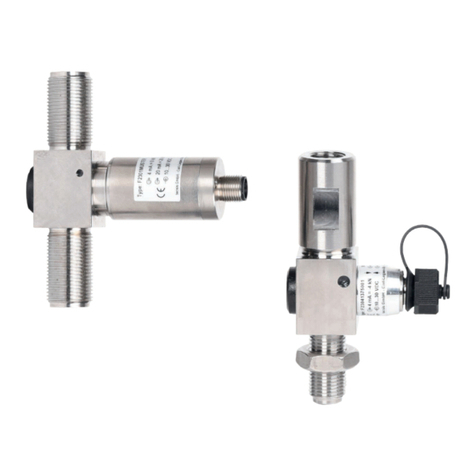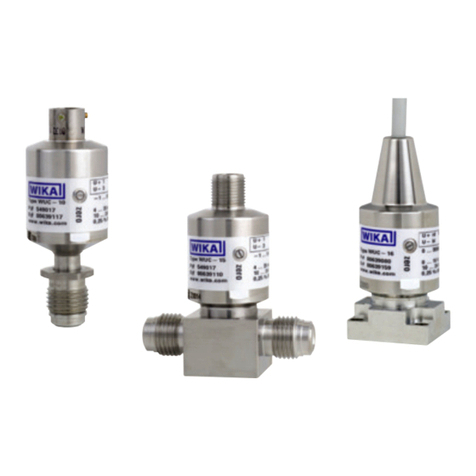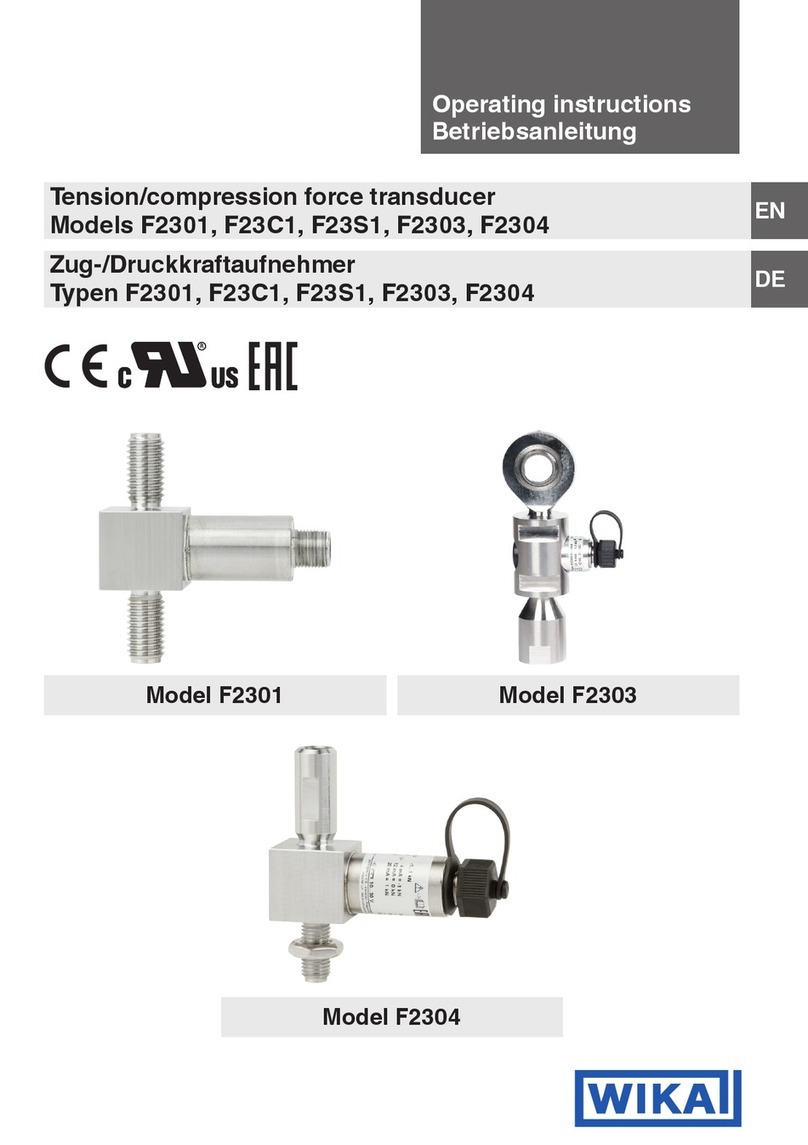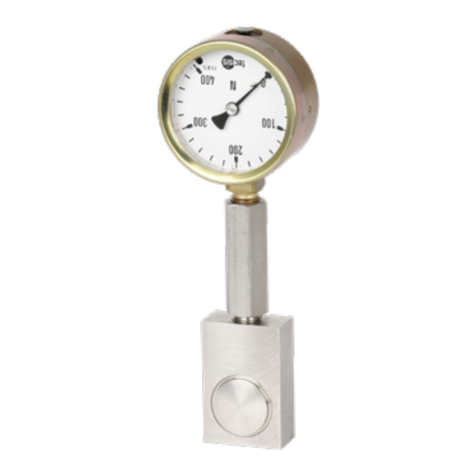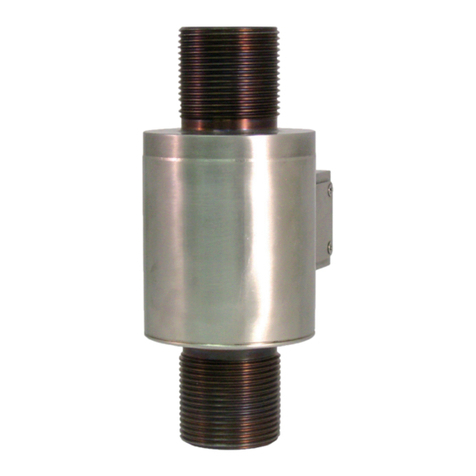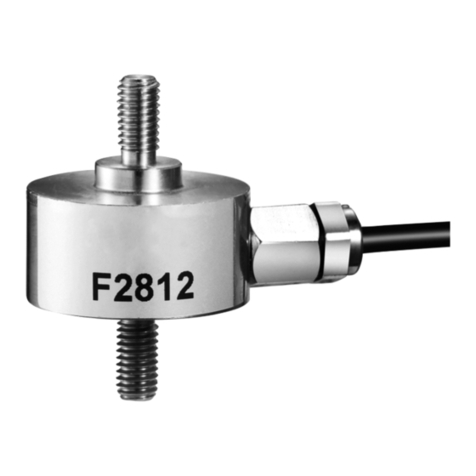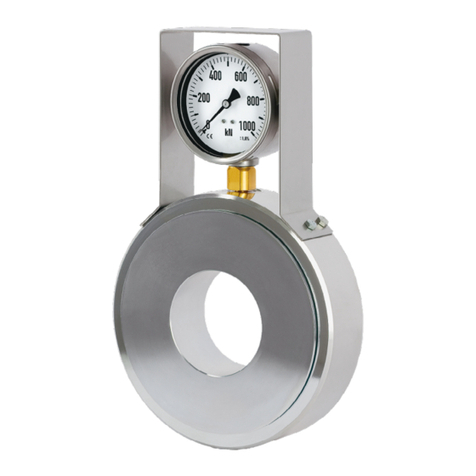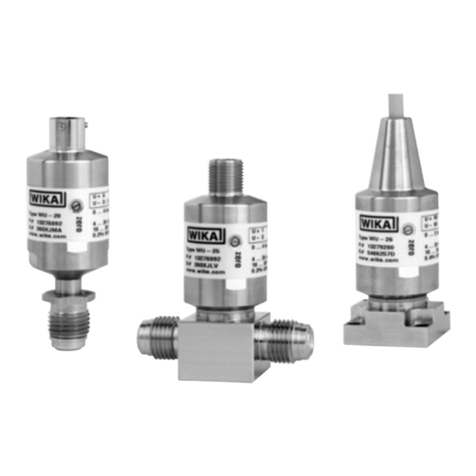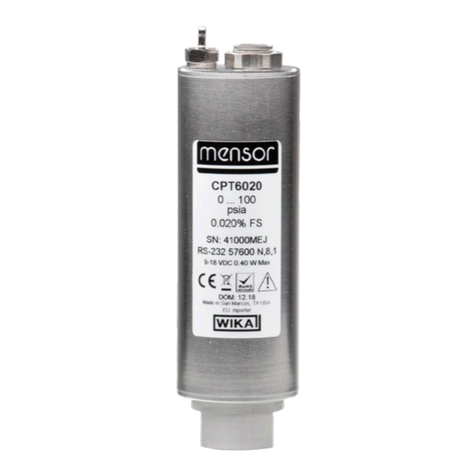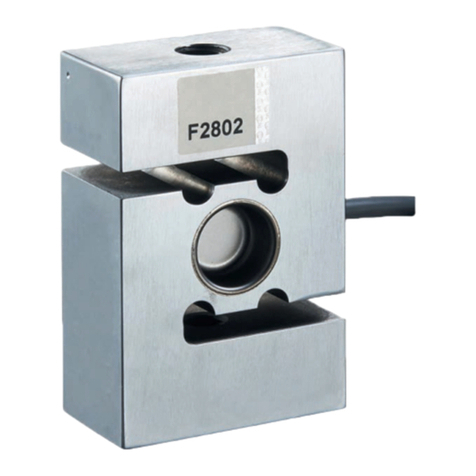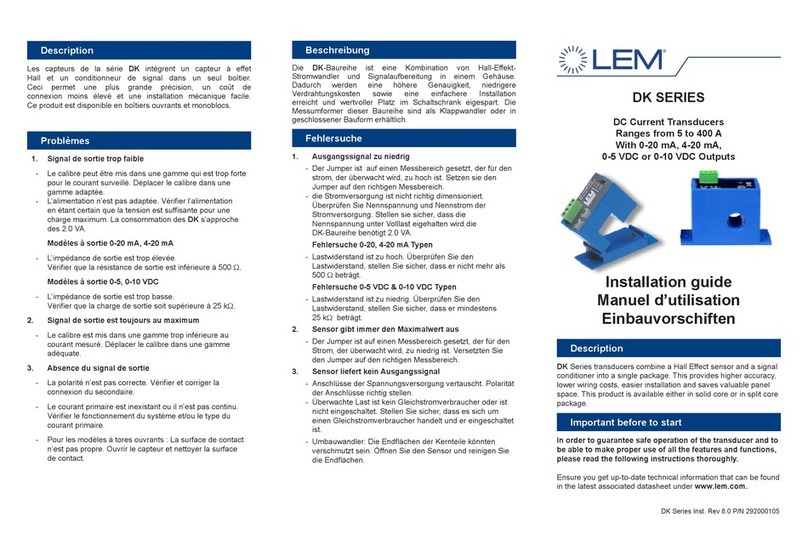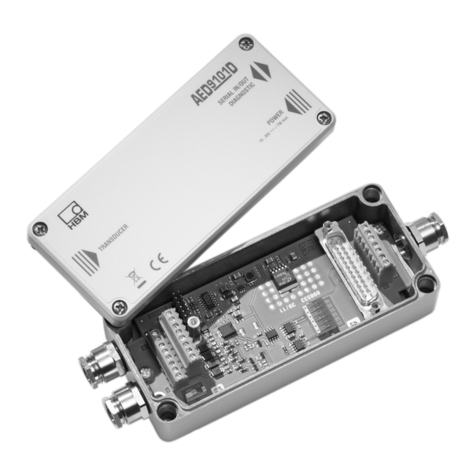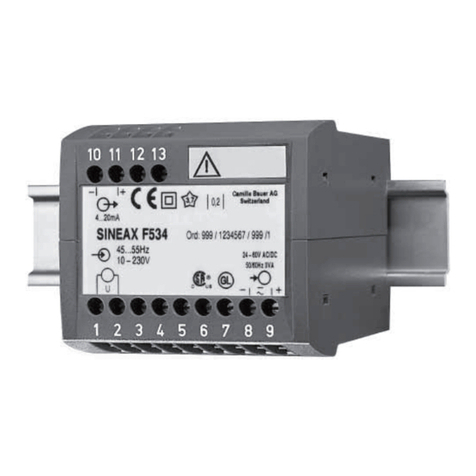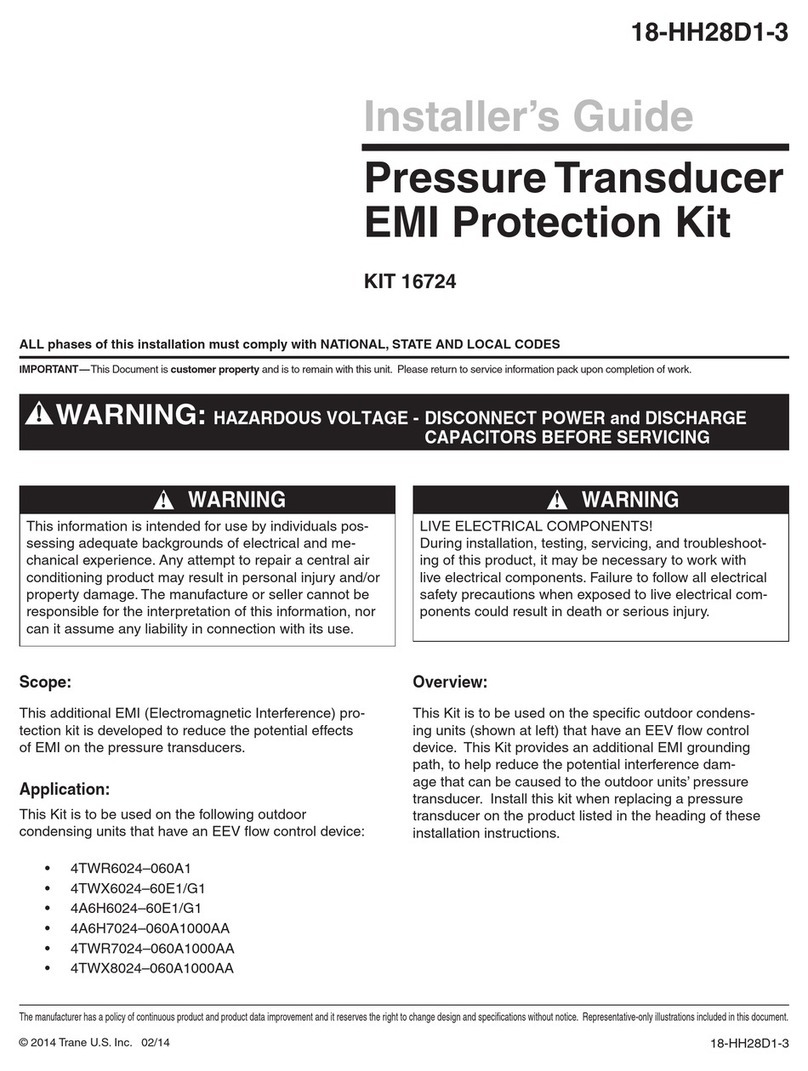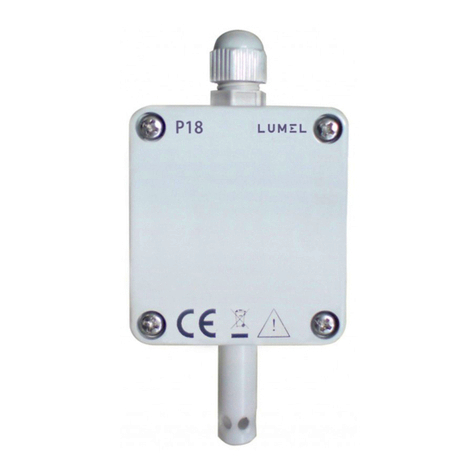
7WIKA operating instructions, models F1811, F1814, F1818, F1821, F1848
EN
79106246.02 11/2022 EN/DE
3. Safety
The compression force transducers are designed exclusively for the intended use which
is described here and may only be used accordingly.
Handle electronic precision measuring instruments with the required care (protect from
moisture, impacts, strong magnetic elds, static electricity and extreme temperatures,
do not insert any objects into the instrument or its openings). Plugs and sockets must be
protected from contamination.
This instrument is intended for connection to an external PELV circuit that meets the
requirements of UL/IEC/EN 61010-1 Section 9.4 (limited-energy circuit).The manufactu-
rer shall not be liable for claims of any type based on operation contrary to the intended
use.The compression force transducers are designed for indoor and outdoor use, at
altitudes of to 2,500 m [8,202 feet] above sea level.The pollution degree in accordance
with UL certication is Degree 4: “Electrical equipment for outdoor use”.to the intended
use.
3.3 Improper use
WARNING!
Injuries through improper use
Improper use of the instrument can lead to hazardous situations and
injuries.
▶
Refrain from unauthorised modifications to the instrument.
Any use beyond or different to the intended use is considered as improper use.
3.4 Responsibility of the operator
The instrument is used in the industrial sector. The operator is therefore responsible for
legal obligations regarding safety at work.
The safety instructions within these operating instructions, as well as the safety, accident
prevention and environmental protection regulations for the application area of the
instrument must be maintained.
The operator is obliged to maintain the product label in a legible condition.
To ensure safe working on the instrument, the operating company must ensure
■
that suitable first-aid equipment is available and aid is provided whenever required
■
that the skilled electrical personnel are regularly instructed in all topics regarding
occupational safety, first aid and environmental protection and know the operating
instructions and, in particular, the safety instructions contained therein
■
that the instrument is suitable for the particular application in accordance with its
intended use
■
that personal protective equipment is available.
